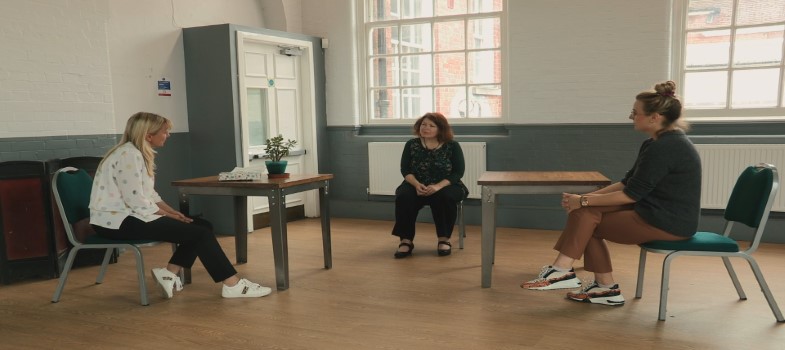SECTION 6 Multilingualism – racism and discrimination
- Audio racism and discrimination and its impact in the therapy room
The video for this section can be found at https://vimeo.com/469805455
EXERCISE
- What do you think happens next in the film?
- What would you say if you were the therapist?
- What do you think of Christine’s suggestion: Would you let me say a few words to your mother in English and ask you to translate for me?
Why do you think Christine made this suggestion? - Asking a client to use their language in a session is one example of linguistic empathy. Can you think of three other examples of a therapist’s behaviour that might indicate linguistic empathy?
- What do you think of these examples given by a training participant?
- Asking a client to imagine what it would be like to have a therapist who shared their home language.
- Taking a linguistic history of the client. Asking them which languages they dream, swear, get angry in etc. Asking about their relationship with each of their languages. Asking about who speaks/spoke different languages with them and exploring the significance of this.
- Asking a client if they feel different things and if they behave differently when they are speaking different languages.
- Asking a client what it is like for them to speak to the therapist in English as the lingua franca.
Here is what one of Sally Cook’s research participants had to say about the experience of using English as a lingua franca:
… it’s not easy it’s like … a balloon- when you are talking you put air in it and you just want to fill this balloon but in the balloon there are some holes and when you put the air in, the air goes from the holes so the balloon never gets filled … and you just get tired.
… it’s not easy it’s like … a balloon- when you are talking you put air in it and you just want to fill this balloon but in the balloon there are some holes and when you put the air in, the air goes from the holes so the balloon never gets filled … and you just get tired.
Last modified: Thursday, 28 January 2021, 1:07 PM
